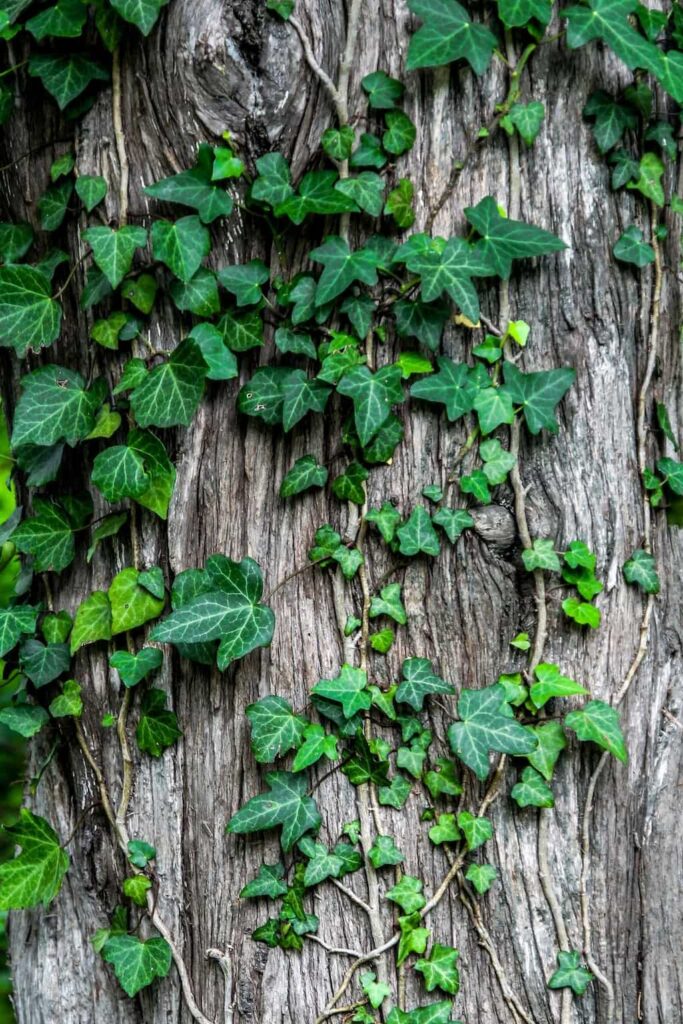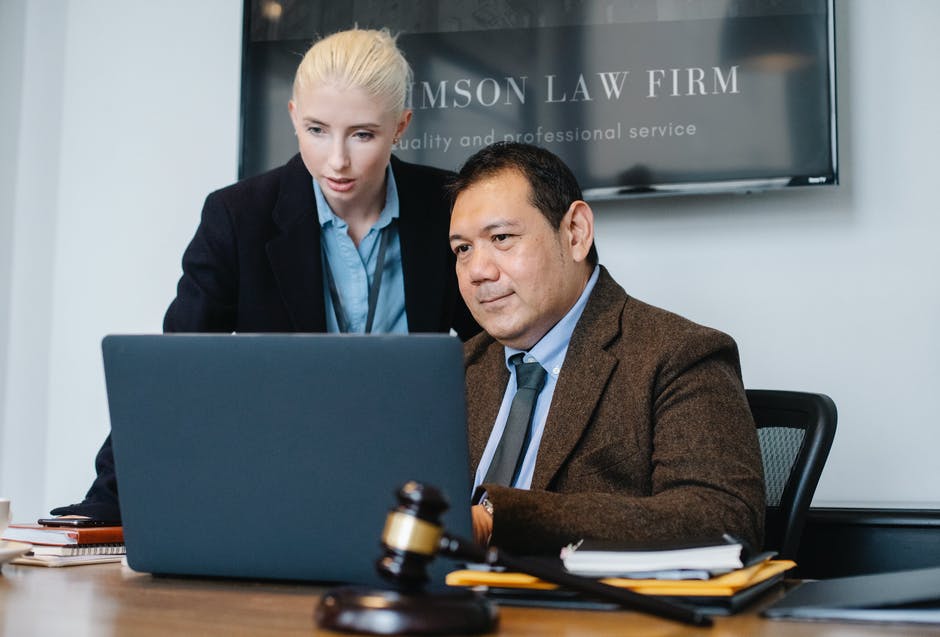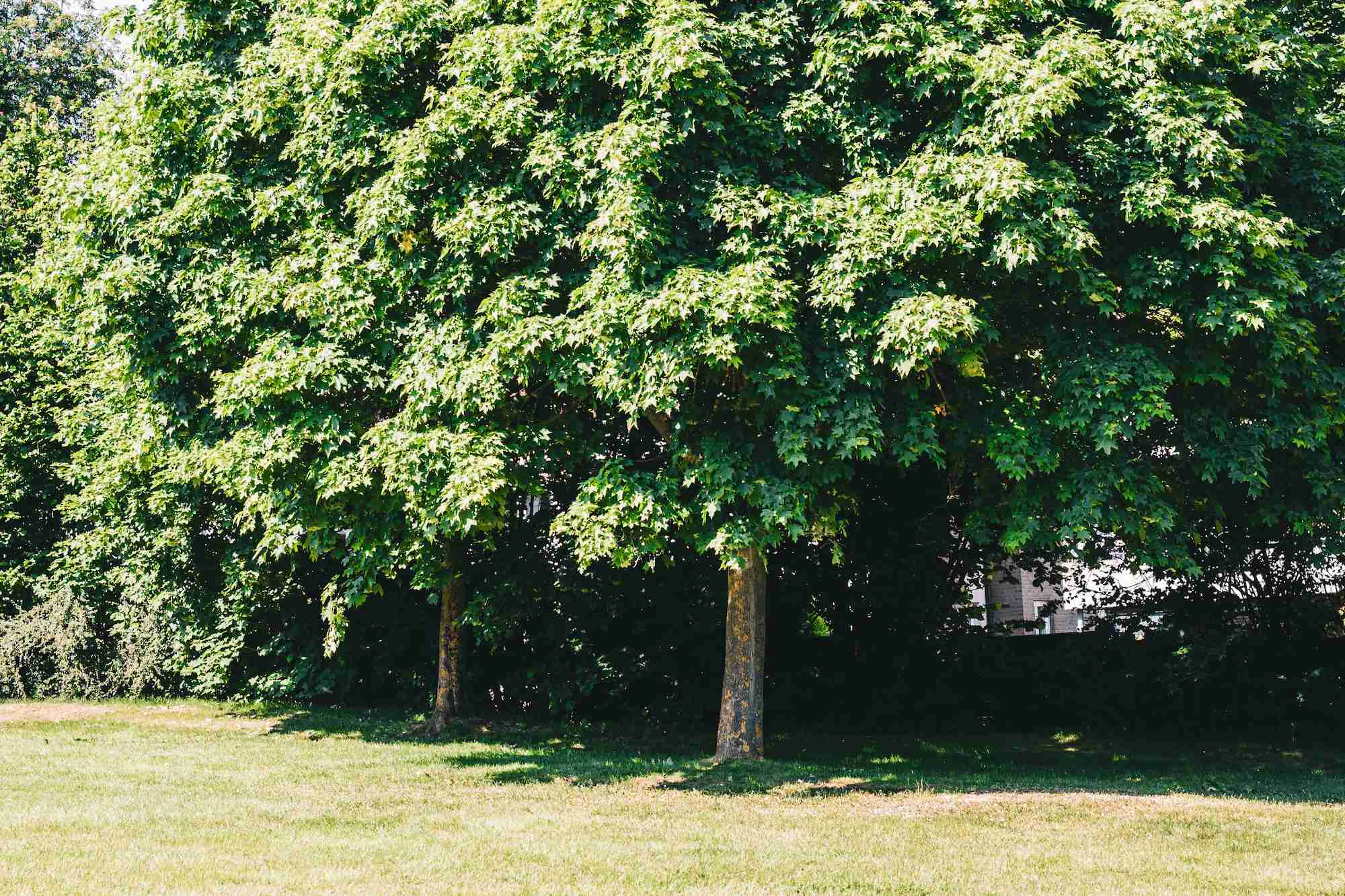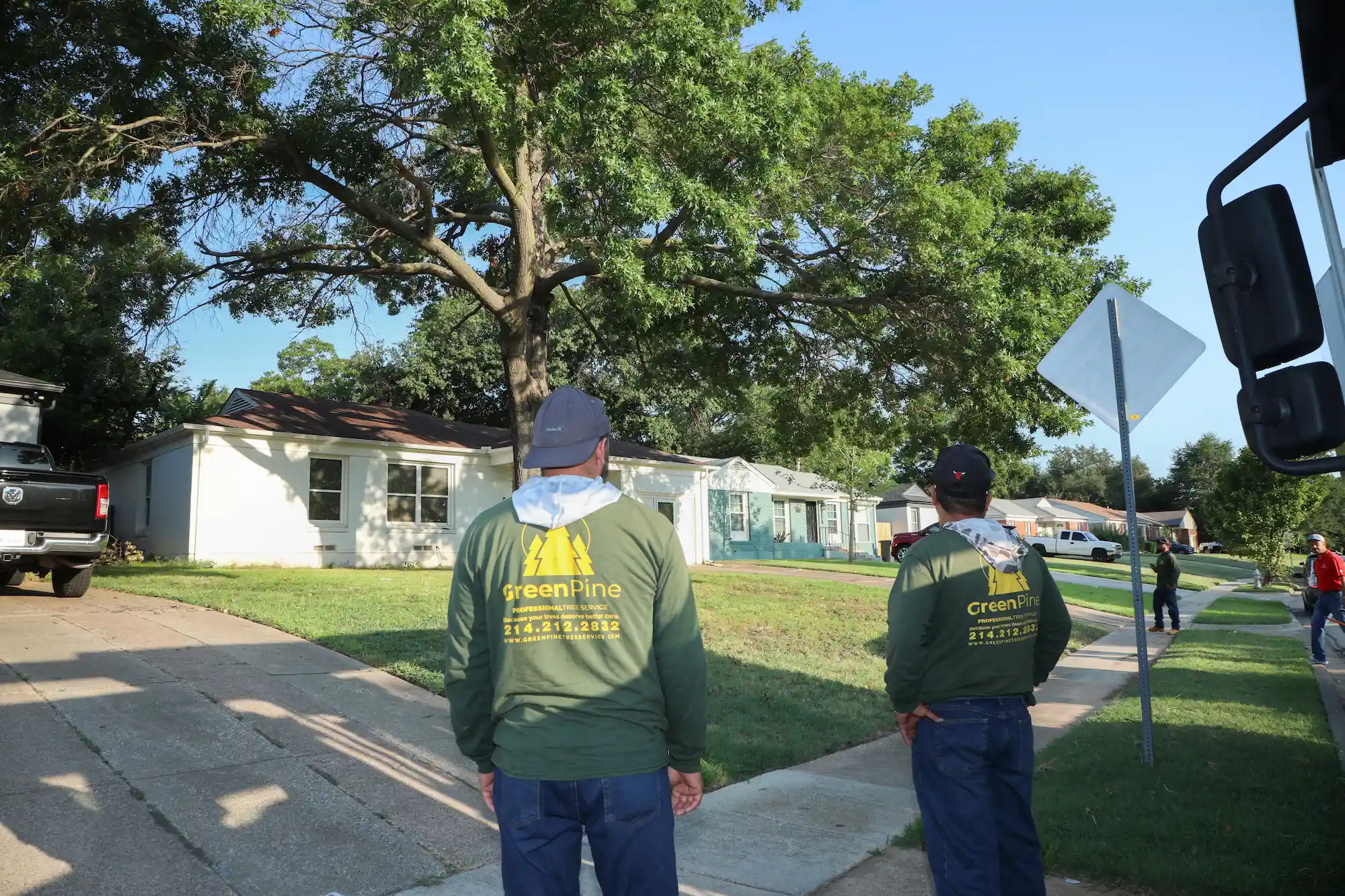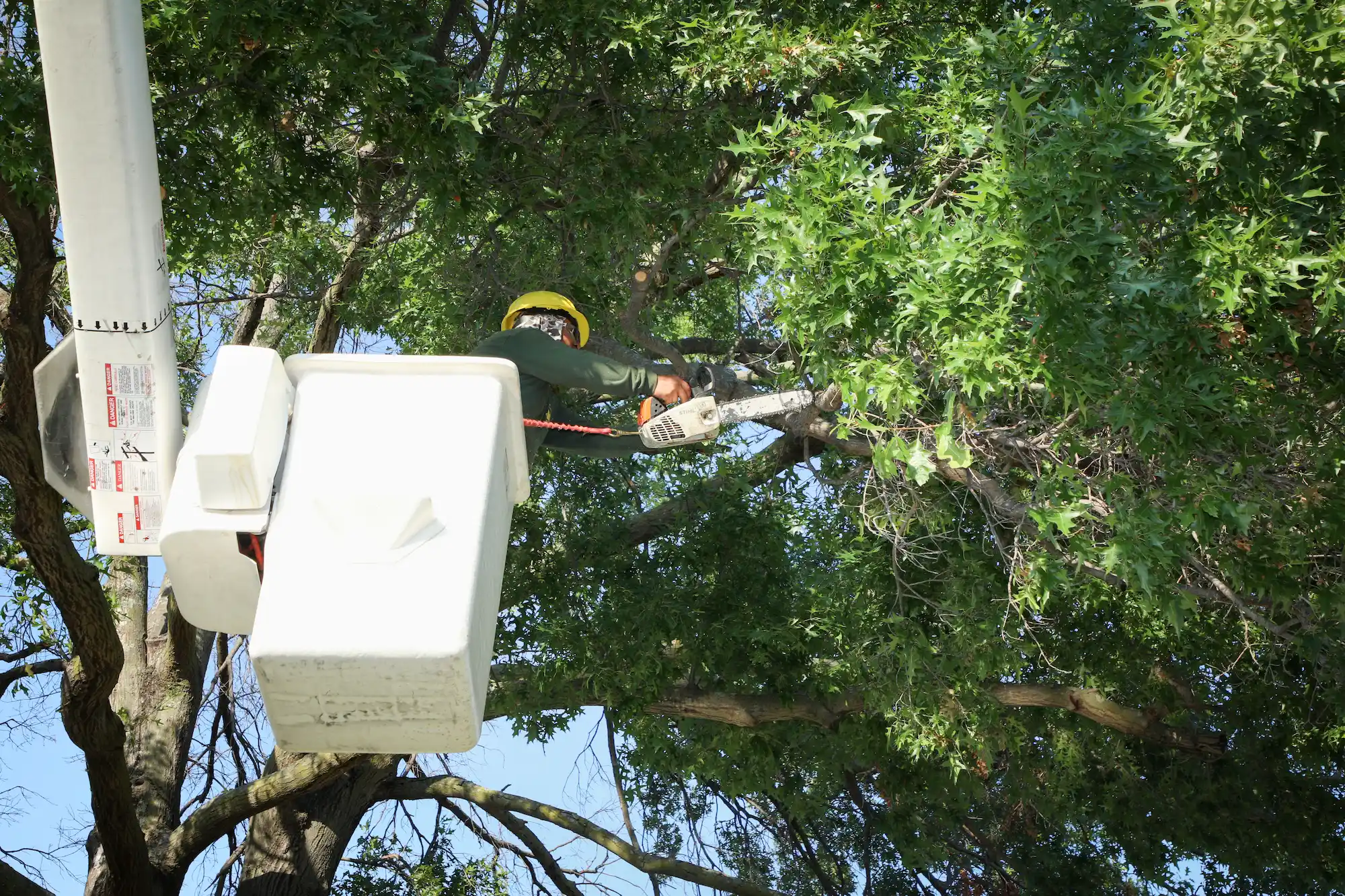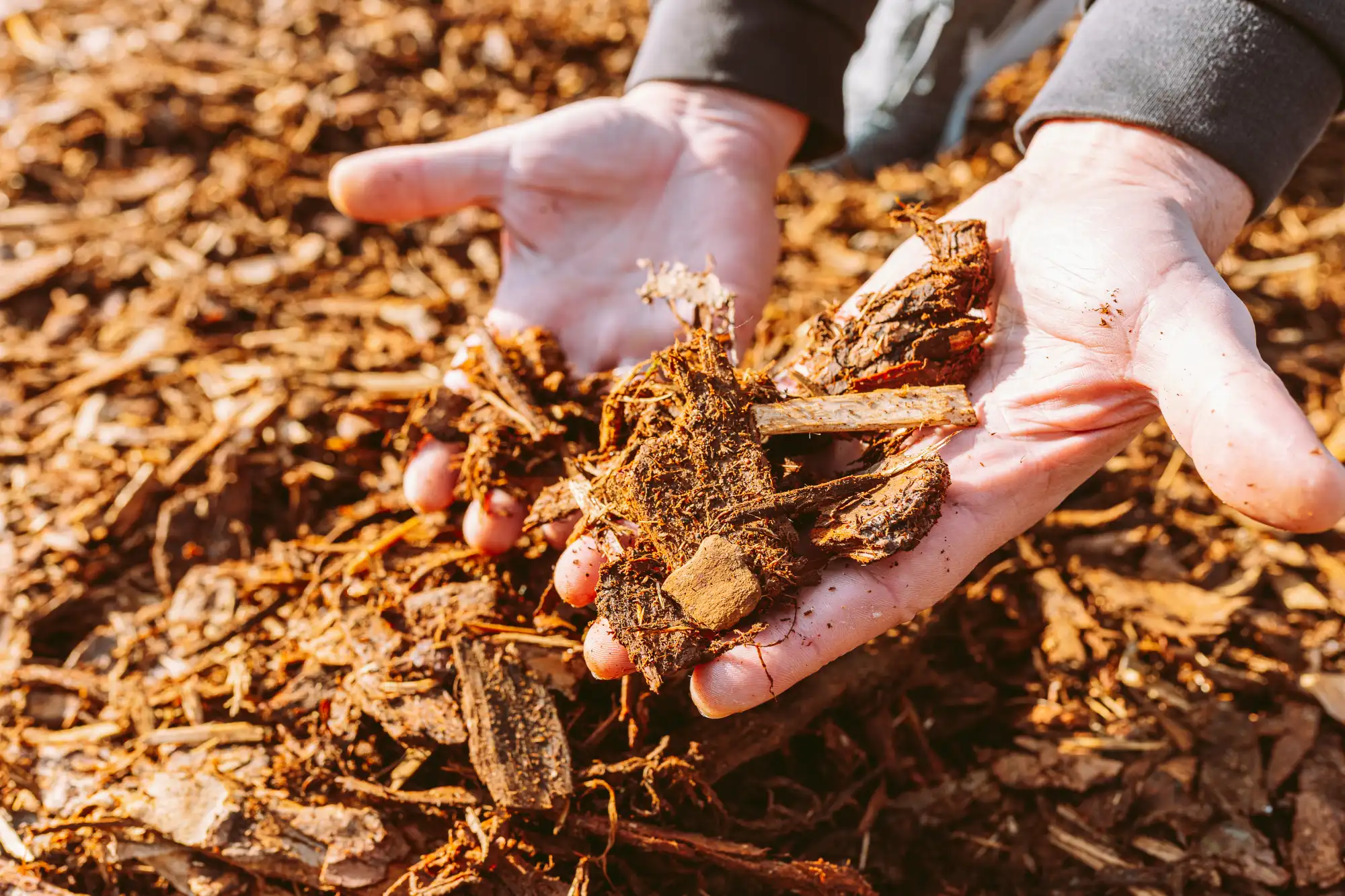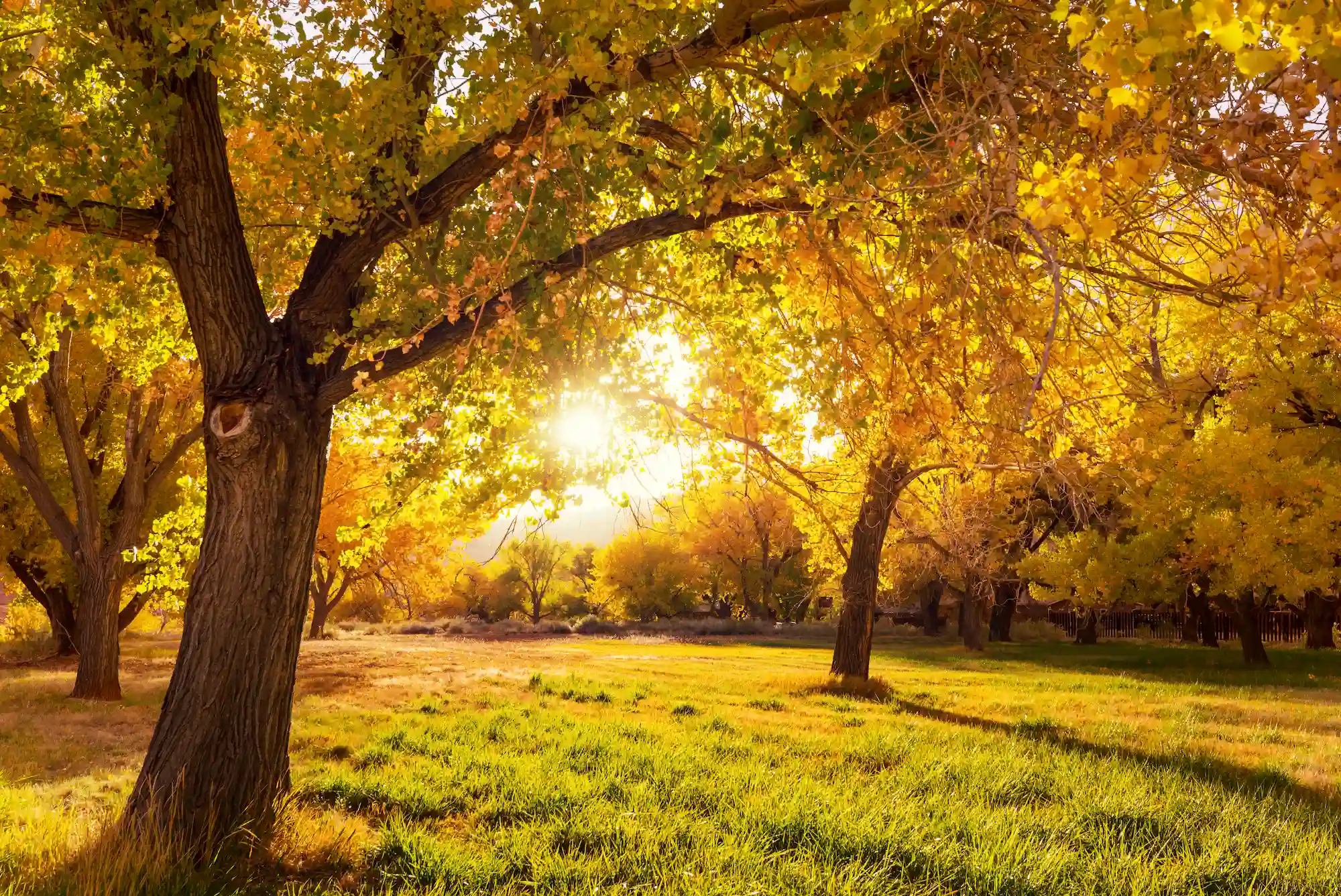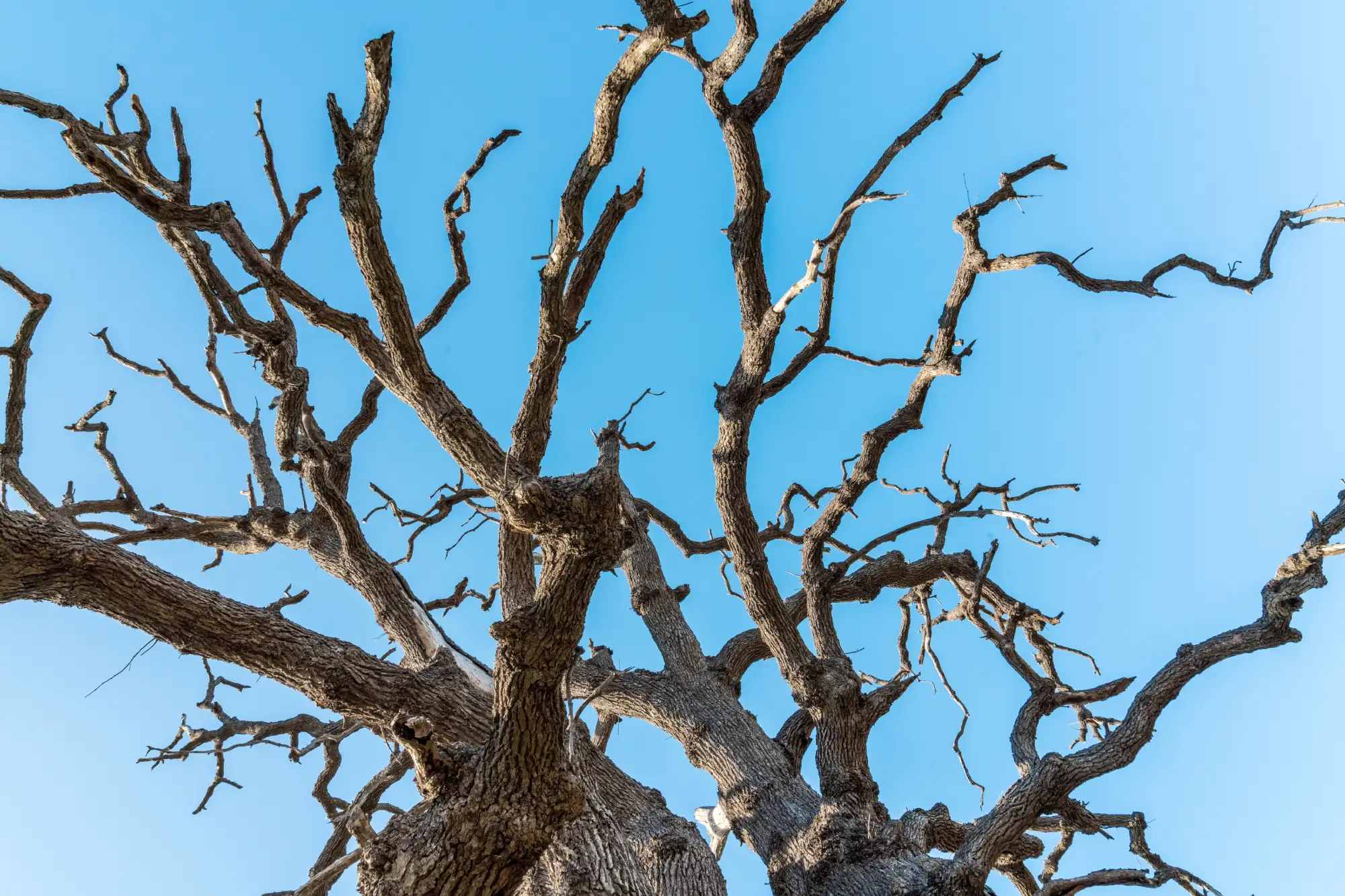Trees have a reputation for being strong, resilient, and stately. And for the most part, they really are all those things!
But sometimes diseases can creep into a healthy tree and ruin it. These problems start to eat away at the tree from the inside, breaking down all the things that make it so great. Eventually, they become a safety hazard and have to be brought down.
Getting a tree health assessment done will help you know exactly how your tree is doing on the inside. This will give you all the information you need to take care of your trees. Check out this guide for everything you need to know!
Signs to Get an Inspection
Getting a tree risk assessment is a good idea for every tree, no matter how big or small it is. But there are certainly times when it’s more crucial than others.
If you start to notice that your tree is shedding its bark out of its normal patterns, it’s time to call in an expert. The same goes if you see many empty branches, extra mushroom growth, or a large number of bugs. If anything looks abnormal it’s a good idea to get the whole tree checked out.
Bringing in the experts for an inspection every year will make sure no problems go unnoticed.
Steps of a Tree Risk Assessment
When you bring in an arborist for a tree health assessment, they’ll thoroughly check each part of the tree.
First, they’ll start with a visual check on the entire tree. This is where they’ll look for abnormalities on the trunk, branches, leaves, or any exposed roots.
Next, the experts will do a couple of more internal tests to make sure nothing is hiding beneath the surface. This could include a soil analysis or a check for chlorophyll fluorescence. Both of these tests can indicate hidden problems that haven’t manifested yet.
Actions After a Tree Evaluation
Once they have all the information, the tree expert will give you a list of recommendations. This plan will help you resolve any issues that were found. Or offer some preventative tips if none were found. It’s completely customized to your specific tree.
In general, these tips will include pruning, adding products, or changing the watering schedule. Simple changes are usually all that you need to rehabilitate your trees.
Unfortunately, sometimes it’s clear after the test that a tree is unsafe and needs to come down. This should be done as quickly as possible to avoid any accidents.
Schedule a Tree Health Assessment Soon
Taking care of your trees is a major part of being a property owner. Adding a tree health assessment to your yearly routine can ensure that they stay healthy.
Not only will these experts be able to detect a problem in its early stages. But they’ll also help you develop a plan moving forward. Their expert knowledge will be applied to your specific trees and their issues. Giving you the best chance of recovery and healthy trees!
If you have trees on your property, it’s time to schedule an evaluation. Contact us today to get started!



